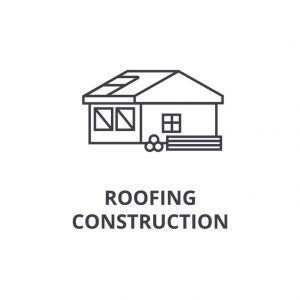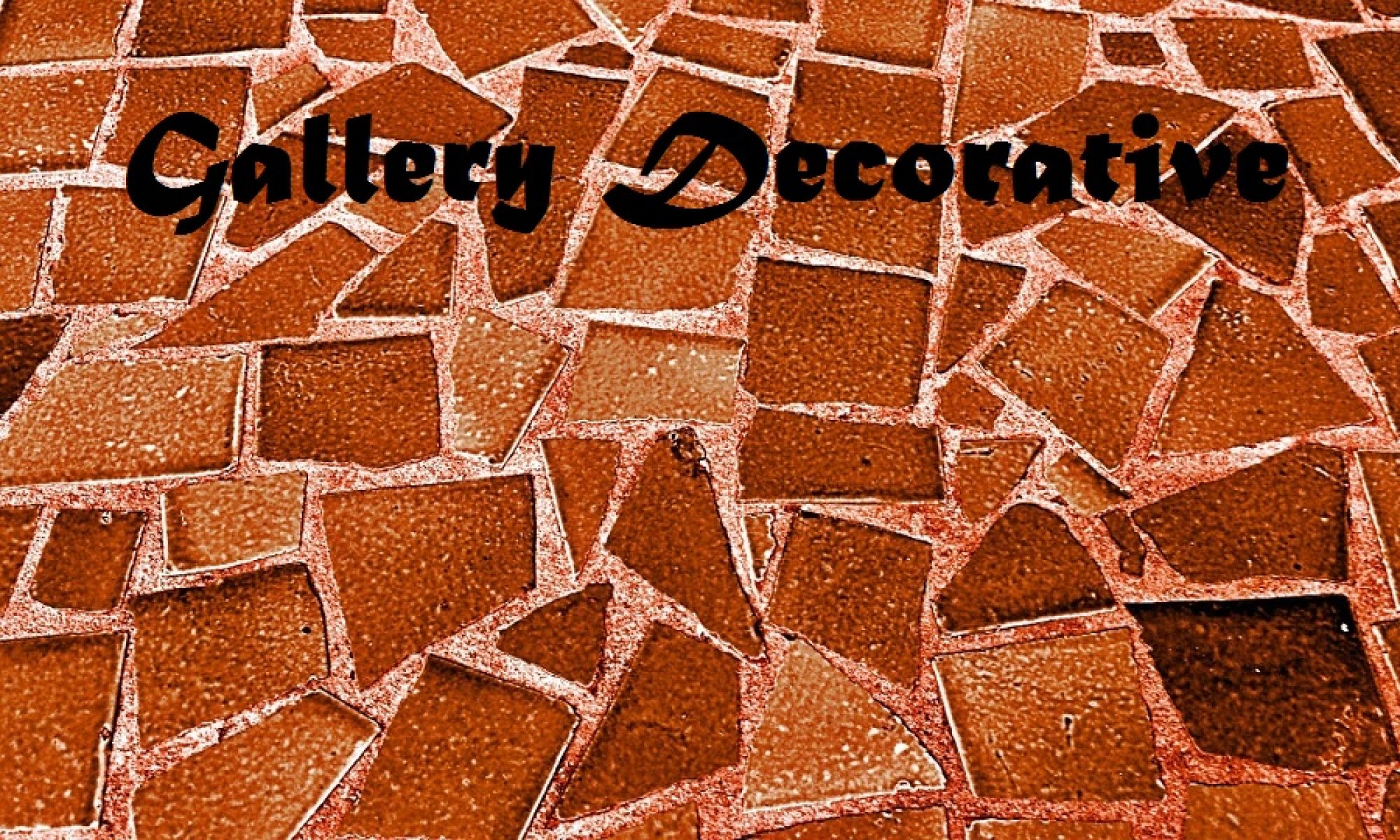
Roofing materials can have a variety of styles and colors, but deciding what to use your for your home means taking into account much more than looks. The best material for a particular building will have to be chosen depending on the geographical location and local climate. Just as sloped roofs are very good for areas with a lot of precipitations, houses located in a hot climate can benefit from the use of certain roofing materials. Sun and heat exposure can take its toll on a roof, causing it to crack and degrade over time. This degradation will allow more heat to enter the house and make your efforts of cooling it more expensive. Even though asphalt shingles are still the most common roofing material, including in the hot climate areas, there are other popular materials suggested by Houston roofing contractors that should be considered due to their particular efficiency.
Ceramic tiles
These materials are very efficient in regions that have a warm climate, for several reasons. First, they allow natural ventilation of the roof, helping to reduce heat buildup in the attic and moisture problems. Ceramic tiles are natural; they are made of clay and baked at a very high temperature, which provides them a particular resistance, despite direct exposure to sun, heavy rainfall or extreme weather in general.
A ceramic roof is very durable, it will last up to 100 years, but you have to prepare for a larger initial investment, to which could be added works to strengthen the structure of the roof – which must be able to support the weight of the tiles ceramic tiles.
Concrete tiles
If the aspect of ceramic tiles is very attractive, but their price is not, concrete tiles are a slightly more affordable alternative. They also have important benefits, such as wind resistance, but they absorb more water and are more susceptible to damage caused by freeze-thaw cycles.
Concrete tiles are also part of the category of heavy roofing materials, but they have thermal benefits, helping to maintain a constant indoor temperature.
Green roofs
Green roofs are becoming more popular as the concern for the environment grows. They are extremely attractive, being more and more often incorporated in building projects with modern architecture, but they also have important advantages for the owners of residential or commercial buildings, as well as for the environment. This type of roof consists of a layer of soil put on a special membrane (which is waterproof and resistant to root growth), where vegetation is planted. Vegetation modulates heat transfer, which efficiently insulates the roof and increases the energy efficiency of the building.
In big cities, a green roof helps to reduce the greenhouse effect and improve the overall air quality.
Metal roofs
Metal roofs are an excellent choice for homes in a warm climate, because they have a space under the cover, which forms a thermal barrier, as in the case of ceramic roofs. This air cushion can reduce cooling costs, in summer, by 20%. These roofs are also reflective, they do not absorb heat and are a sustainable choice because they are recyclable.
